While the practice of reconnecting with nature offers healing for many, for Indigenous communities, their relationship with the land has been disrupted in ways that continue to impact their health and well-being.
First Peoples Studies professor Catherine Kineweskwêw Richardson’s work highlights how colonial policies have caused these harms while emphasizing Indigenous resistance, resilience and healing.
According to Kineweskwêw Richardson, who teaches at Concordia’s School of Community and Public Affairs and is a member of the Métis Nation with Cree and Gwich’in roots, this divide is rooted in settler colonialism, which has particularly harmed the health and well-being of Indigenous peoples.
“In which pamphlets does it state that having one’s land stolen is bad for one’s health?” she asks.
“When you think of colonialism in northern Turtle Island or Canada, a lot of harm was done: taking people’s land away, taking their children away, putting children in the care of white, middle-class families and residential schools,” she says.
“They wanted the Earth, but also what was under it — and they still do.”
Kineweskwêw Richardson, who also serves as Concordia University Research Chair (CURC) in Indigenous Healing Knowledges, explains that this reality is often left out of contemporary discourses on the social determinants of health. Her book, Facing the Mountain: Indigenous Healing in the Shadow of Colonialism, investigates how land theft is linked to labelling Indigenous peoples’ responses — including resistance and survivance — as mental illness.
She says these labels justify state intervention and control, which compound negative health impacts for Indigenous peoples. Her research on response-based practice in healing professions examines how these health impacts emerge within broader historical and social contexts.
“I have a chapter about the radiation exposure from uranium mining in Canada’s north, particularly in the Northwest Territories,” she says. “My family experienced radiation poisoning that negatively affected children born in my family, including myself, leading to mobility issues and many surgeries. That’s the kind of thing that mining does.”
In her role as research chair, Richardson gathers Elders, Knowledge Keepers and youth from around the world to share and exchange knowledge.
“We host conferences where participants can exchange teachings, experiences and feelings. Then, the youth interview the Knowledge Keepers and publish academic papers together in a peer-reviewed journal.”
In an Indigenous worldview, she adds, humans have responsibilities to each other and the natural world in an infinite cycle of exchange and reciprocity. Protecting the natural environment is also a means of protecting human health, and vice versa.
“We’re here on this planet with the air, animals, birds, flowers, trees — all life forms. We’re all in a constant exchange and connection, whether that’s literally, energetically or metaphorically.”
Roots of resilience
Reclaiming land access is not just about environmental sustainability — it’s also about restoring cultural identity, community resilience and food sovereignty. This principle is at the heart of the Sankofa Farming Co-operative, which works to empower Black-Indigenous individuals through agriculture.
Restoring access to land, especially through agricultural practices, motivated Menelik Blackburn-Philip, BA 22, to co-found Sankofa on Loyola Campus in 2022. The student-run organic garden provides Black-Indigenous individuals with opportunities to grow their own food, drawing from traditional agricultural practices and learning from local Indigenous communities.


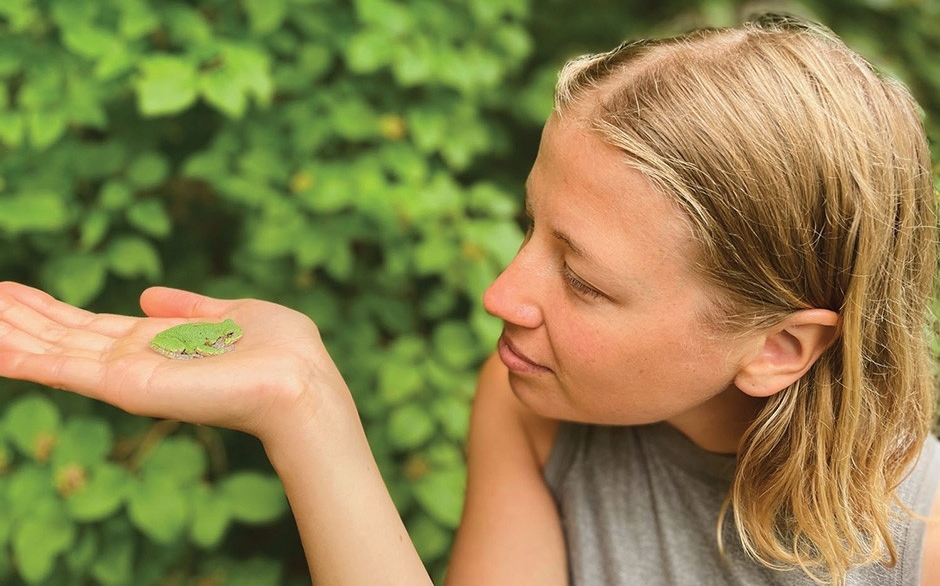 “We are all neurologically wired to connect with the natural world.”
– Sophie Monkman
“We are all neurologically wired to connect with the natural world.”
– Sophie Monkman
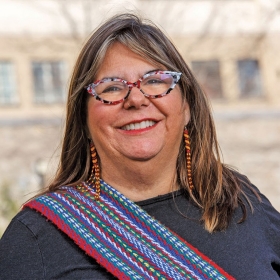 Catherine Kineweskwêw Richardson
Catherine Kineweskwêw Richardson
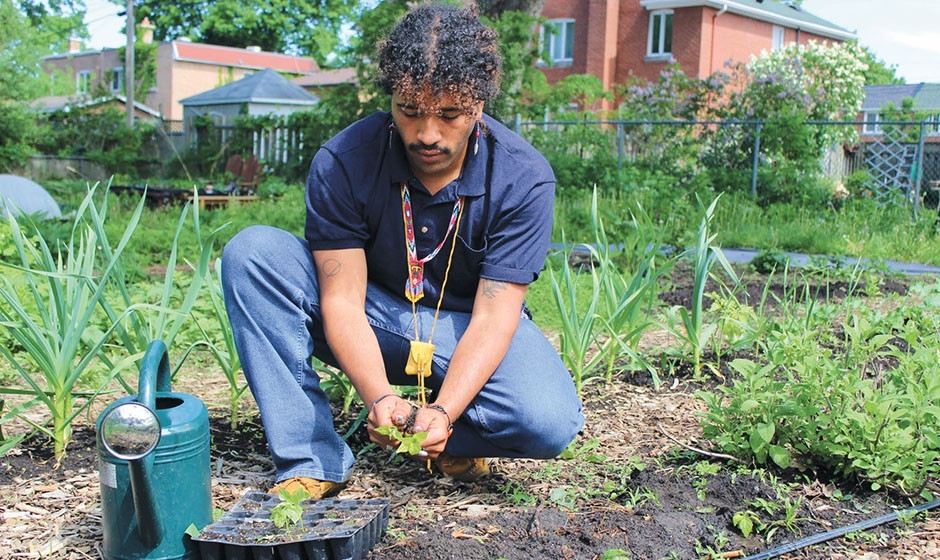 “There’s joy, confidence and empowerment in sharing different practices and paradigms.” – Menelik Blackburn-Philip
“There’s joy, confidence and empowerment in sharing different practices and paradigms.” – Menelik Blackburn-Philip
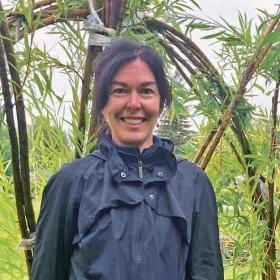 Isabelle Guillard
Isabelle Guillard
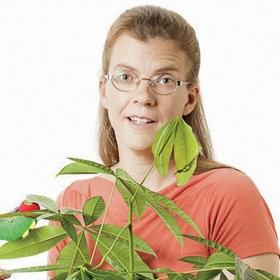 Emma Despland
Emma Despland